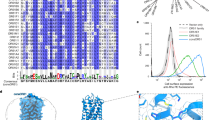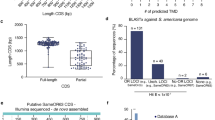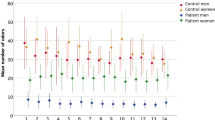Abstract
A wide variety of chemicals having distinct odors are smelled by humans. Odor perception initiates in the nose, where it is detected by a large family of olfactory receptors (ORs). Based on divergence of evolutionary model, a sequence of human ORs database has been proposed by D. Lancet et al (2000, 2006). It is quite impossible to infer whether a given sequence of nucleotides is a human OR or not, without any biological experimental validation. In our perspective, a proper quantitative understanding of these ORs is required to justify or nullify whether a given sequence is a human OR or not. In this paper, all human OR sequences have been quantified, and a set of clusters have been made using the quantitative results based on two different metrics. Using this proposed quantitative model, one can easily make probable justification or deterministic nullification whether a given sequence of nucleotides is a probable human OR homologue or not, without seeking any biological experiment. Of course a further biological experiment is essential to validate the probable human OR homologue.
Similar content being viewed by others
Article PDF
Author information
Authors and Affiliations
Corresponding authors
Rights and permissions
About this article
Cite this article
Hassan, S., Pal Choudhury, P. & Bose, A. A Quantitative Model for Human Olfactory Receptors. Nat Prec (2012). https://doi.org/10.1038/npre.2012.6967.2
Received:
Accepted:
Published:
DOI: https://doi.org/10.1038/npre.2012.6967.2



